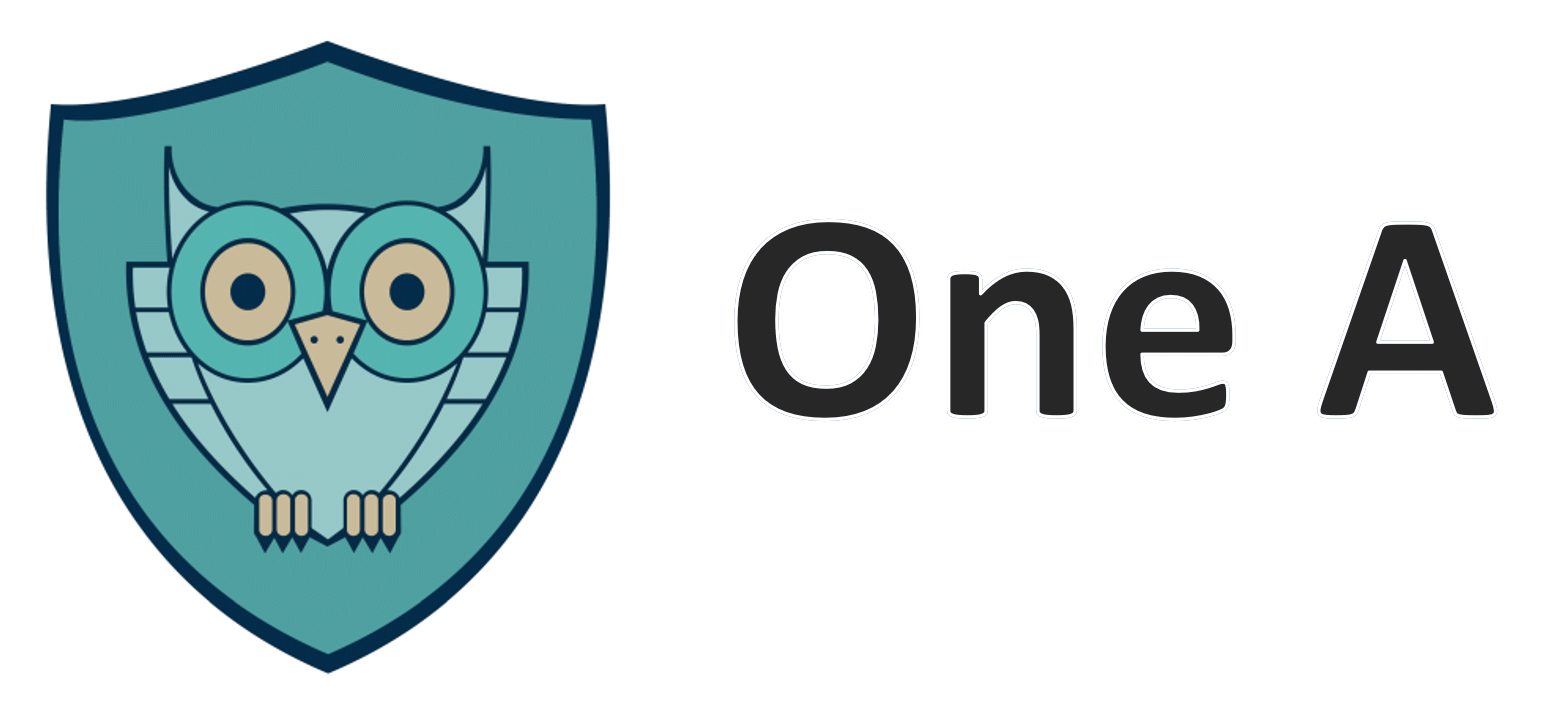Sanitation Best Practices
Hand Washing and Gloves

Because we take hand washing as a routine, we tend not to think about it, but the importance of hand washing must be explicitly stressed. Handwashing is the foundation of good hygiene.
According to the Mayo Clinic, frequent hand-washing is one of the best ways to avoid getting sick and spreading illness.
Wash your hands thoroughly with soap and preferably warm water, then dry them with a single-service paper or cloth towel or an air dryer before providing any service, or you can use a cleansing agent that is alcohol-based. Using gloves or hand wipes cannot substitute for hand washing.

Gloves cannot substitute hand washing, but should be used if you see any blisters or cuts to prevent any infection to you from a customer, or from you to a customer. Gloves should be disposable and thrown away after using them.
Cleaning and Disinfecting Surfaces.
Clean surfaces are more than just appealing, they are an important step in keeping infections at bay. Every workstation must be clean for every client. Cleaning all surfaces is just as important in between every client as it is at the start of every day. Any spills should be wiped up when it happens and must always be wiped up before the next client is seated.
Cleaning is the first step to keep a hygienic salon and must always be done before disinfecting. All surface areas, including salon chairs, must be wiped clean before disinfecting.
After washing, rinsing, and drying surfaces, you can start disinfecting all surfaces.
For disinfecting, an EPA approved disinfectant must be used. Following directions on the label will ensure the effectiveness of the product, and the safety of the person using the disinfectant.
Whenever possible it is a good idea to wear gloves when disinfecting surfaces, and whether or not you are using gloves, you should wash your hands rubbing them for 20 seconds every time you clean and use disinfectants.
Cleaning and Disinfecting Tools and Equipment
If a disinfectant in use has instructions for dilution, the instructions must be clearly labeled and legible, and measuring devices must be available and at hand.
Clean off debris and residues. Follow the appropriate cleaning method depending on the material, such as a scrub brush to clean abrasive files, buffers, and paddles, or an acetone soak for metal electric file bits.
Non-electrical tools and equipment must be fully immersed in an EPA approved disinfectant for proper disinfecting and should be left to air dry before the following use.
Other supplies
Items that cannot be disinfected must be disposed of immediately after use in the proper receptacle. Non-disposable towels and linen must be placed in a closed container that has been labeled and must be washed and dried. A freshly laundered item must be used for every customer.
For products that are labeled disposable or for single use only, be sure to throw it out after use. Attempting to clean or reuse them is a violation of sanitation regulations. This includes cotton balls, wooden applicators, toe separators, and many nail files and buffers, which are only meant to be used one time.
